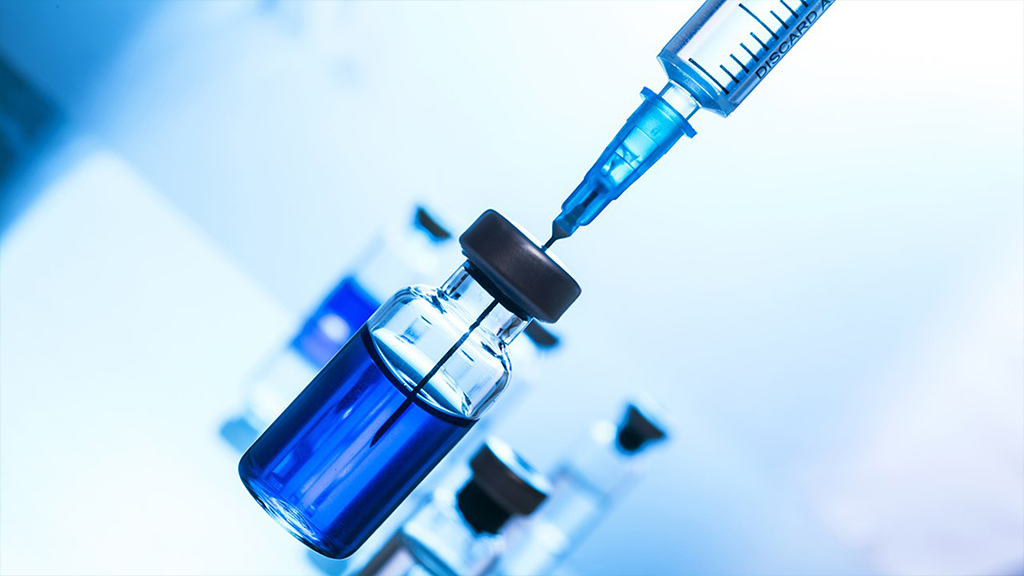“Reshoring” requires technological innovation. Transitioning manufacturing back from lower-cost regions into higher-cost regions will require both governmental support and adaptation of efficient manufacturing methods.
Transitions in Manufacturing Present an Opportunity for Spectral Sensing Technology
First, it was trade conflict between China and the U.S., and then COVID-19 turned business and trade on its ear, with even the most commerce-friendly countries protecting their supplies of essential items for national use. With these events as backdrops, many commentators are predicting a “reshoring” of key manufacturing, as companies in crucial industries are expected to bring manufacturing and critical supply chains onshore, often with the support of national governments.
Taking pharmaceuticals as an example, the October 30, 2019 testimony of the U.S. FDA’s Dr. Janet Woodcock, the Director of the Center for Drug Evaluation and Research, is quite timely (1). In her Congressional testimony, she stated that 72% of the manufacturing facilities making active pharmaceutical ingredients (APIs) supplying the U.S. market were overseas. Of the 370 drugs marketed in the U.S. that are on the World Health Organization’s “Essential Medicines List,” only 21% of the production facilities (by number) that make them are in the U.S. Finally, API sites manufacturing so-called “medical countermeasures” against threats are woefully underrepresented in the U.S. – for example, only 11% of the facilities worldwide for manufacturing APIs to defend against biological threats and influenza.
Manufacturing for APIs has moved out of developed countries for decades, for several sound business reasons. API manufacturing is chemically intensive and therefore increasingly difficult to site due to environmental regulations. Labor cost differentials have driven particularly less-profitable generic drug manufacturing to seek lower rents. As a result, with common manufacturing methods, natural economic forces have dispersed pharmaceutical manufacturing around the globe.
Similar tales could be told of other complex and/or energy-intensive manufacturing tasks, from semiconductors to steel. In fact, according to the National Association of Manufacturers, only 11.39% of the total output of the U.S. economy is manufacturing (2). Similar statistics highlighting a trend toward lower manufacturing intensity are available for many countries in Western Europe as well.


